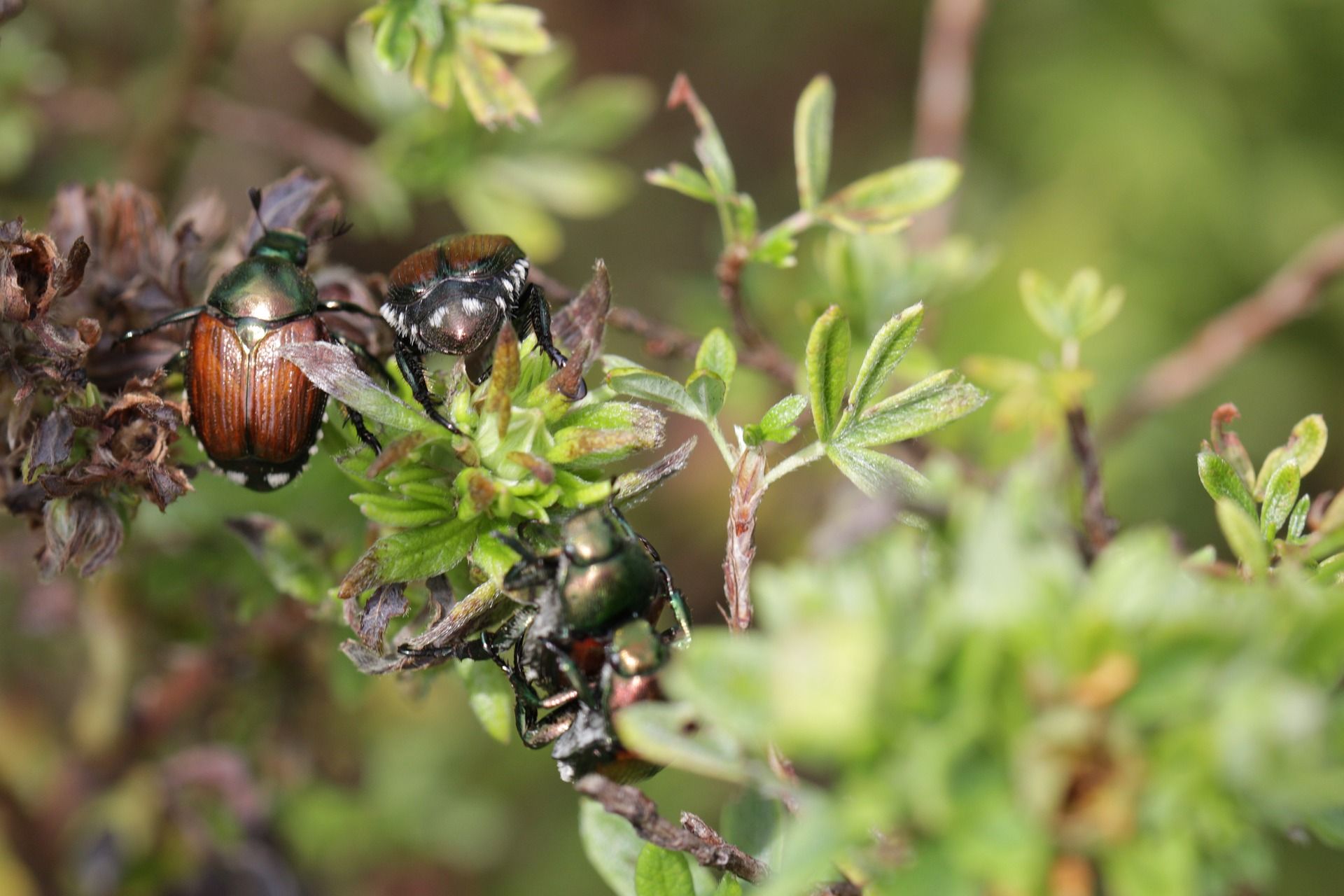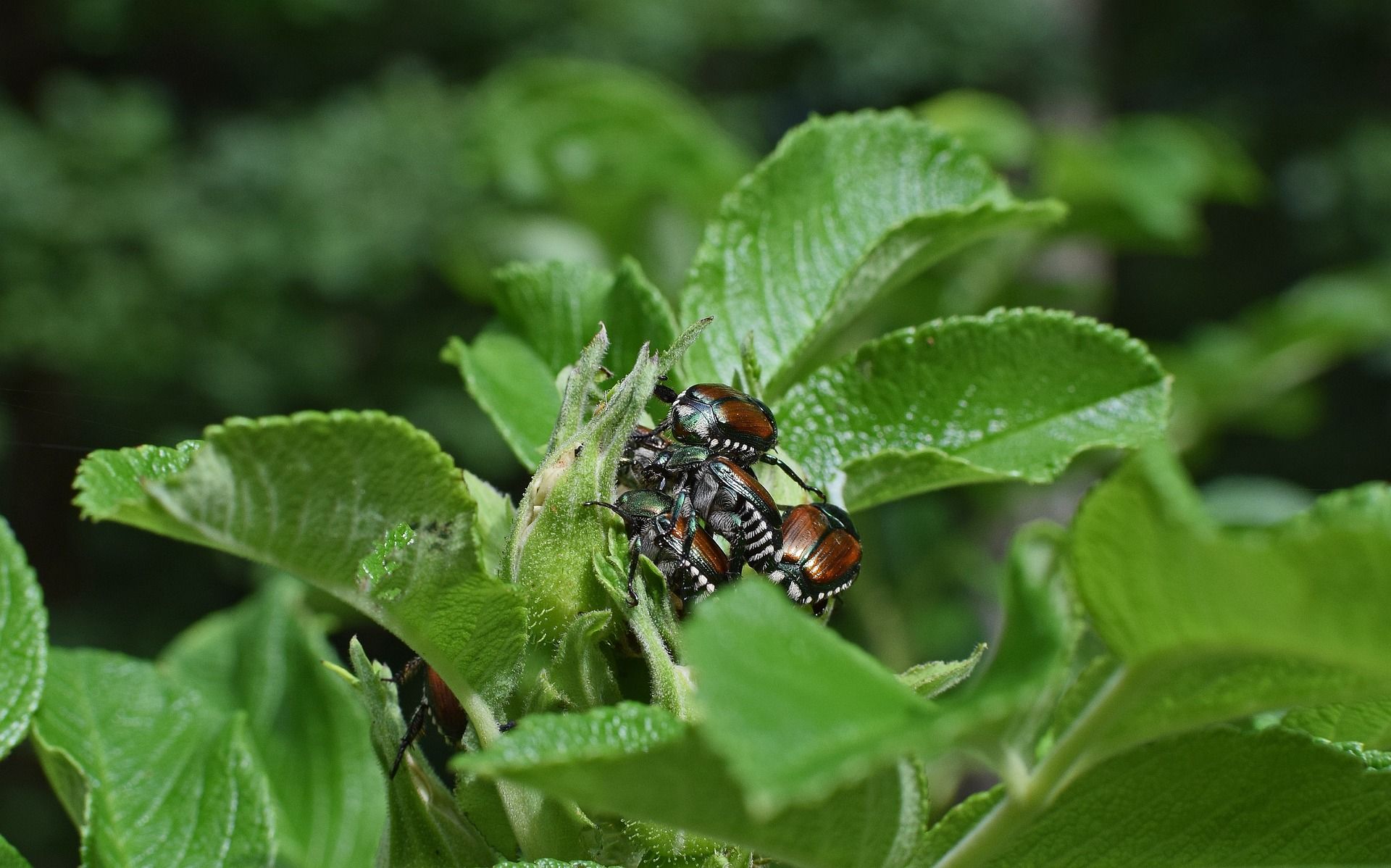How to Get Rid of Japanese Beetles in Your Garden: Tips and Tricks for an Effective Control

Japanese beetles are a common garden pest that can wreak havoc on a variety of plants and crops. These small, metallic green beetles with coppery-brown wings were accidentally introduced to the United States in the early 1900s, and have since become a widespread problem throughout the country. In this blog post, we will discuss the history of the Japanese beetle and provide tips on how to reduce or eliminate them in your garden.
History of Japanese Beetles
Japanese beetles (Popillia japonica) are native to Japan, where they are not considered a major pest due to natural predators and parasites that help to keep their population in check. However, when they were accidentally introduced to the United States, they quickly found a new home in the absence of these predators and parasites.
The first recorded sighting of Japanese beetles in the United States was in 1916, in a nursery in New Jersey. Since then, they have spread rapidly throughout the country, feeding on the leaves, flowers, and fruits of a wide variety of plants, including roses, grapes, fruit trees, and vegetables.

How to Reduce or Eliminate Japanese Beetles in the Garden
- Handpick the beetles
One of the most effective ways to control Japanese beetles is to simply handpick them off your plants. This can be done either by shaking them off the plants onto a sheet or tarp and then disposing of them, or by picking them off one by one and dropping them into a bucket of soapy water.


2. Use pheromone traps
Another way to control Japanese beetles is to use pheromone traps. These traps emit a scent that attracts the beetles, luring them into the trap where they become trapped and eventually die. However, it is important to note that these traps can also attract more beetles to your garden, so they should be used sparingly and strategically.
3. Plant beetle-resistant plants
Some plants are more resistant to Japanese beetles than others. Planting beetle-resistant plants in your garden can help to reduce the damage caused by these pests. Some examples of plants that are less attractive to Japanese beetles include yarrow, marigolds, and garlic.
4. Use insecticidal soap or neem oil
Insecticidal soap and neem oil are both effective at controlling Japanese beetles. These natural insecticides work by suffocating the beetles and disrupting their feeding behavior. However, it is important to follow the instructions carefully, as overuse or improper use can harm beneficial insects and other organisms in your garden.
5. Create physical barriers
Creating physical barriers around your plants can also help to reduce the damage caused by Japanese beetles. For example, you can cover your plants with netting or row covers to prevent the beetles from reaching them. Alternatively, you can place sticky traps around your plants to catch the beetles before they have a chance to feed.
Japanese beetles can be a frustrating and damaging pest in the garden. However, by implementing a combination of these methods, you can reduce or eliminate their impact on your plants and enjoy a healthier and more productive garden.
